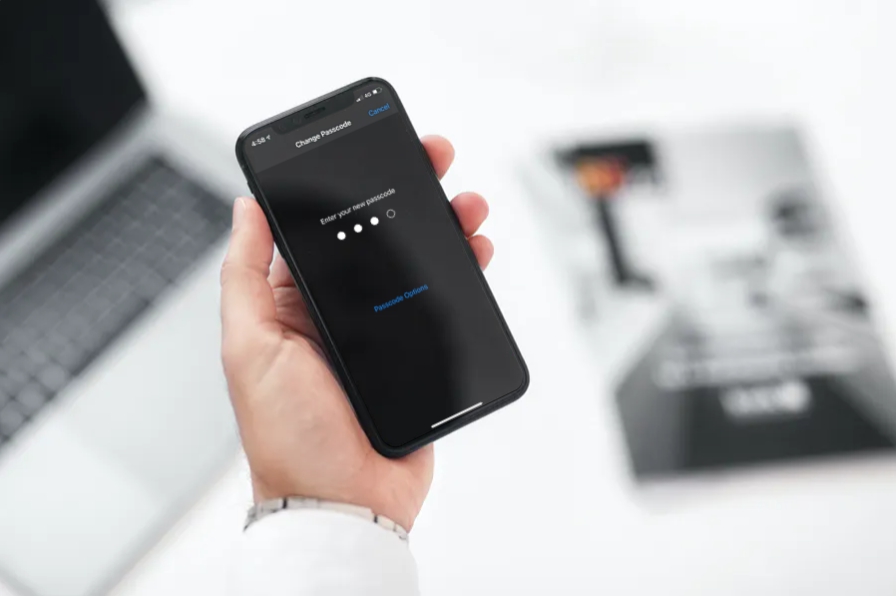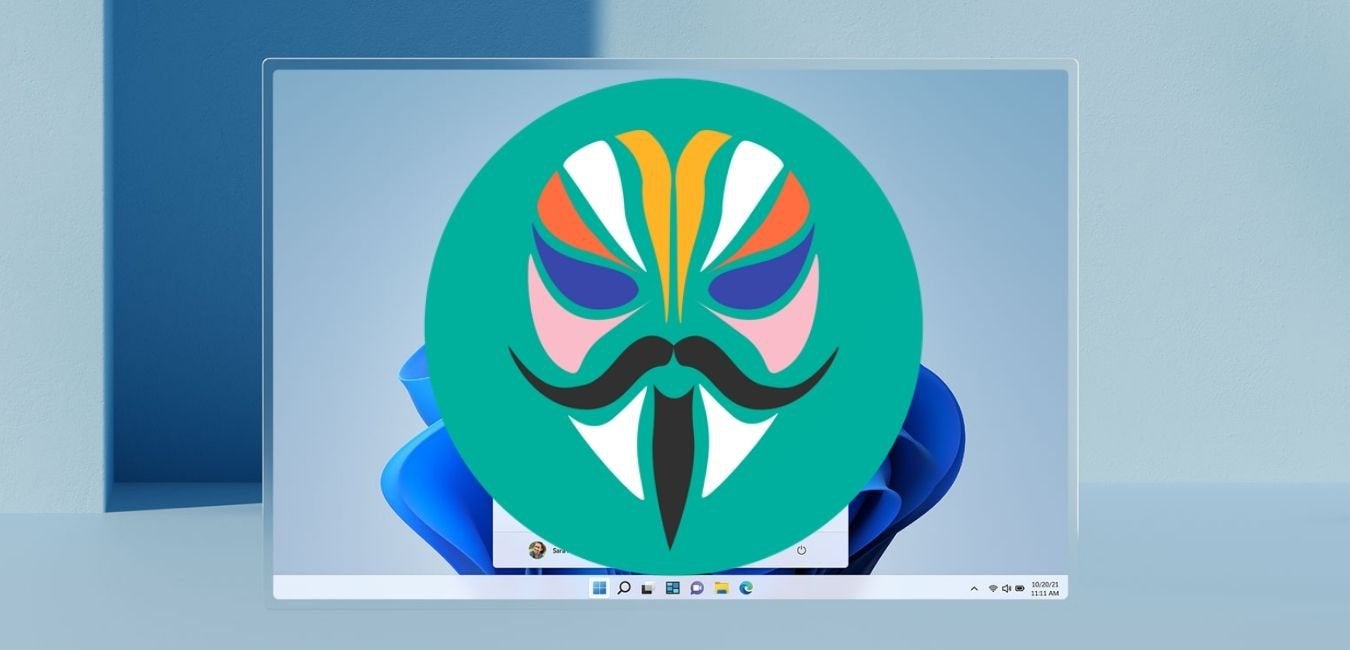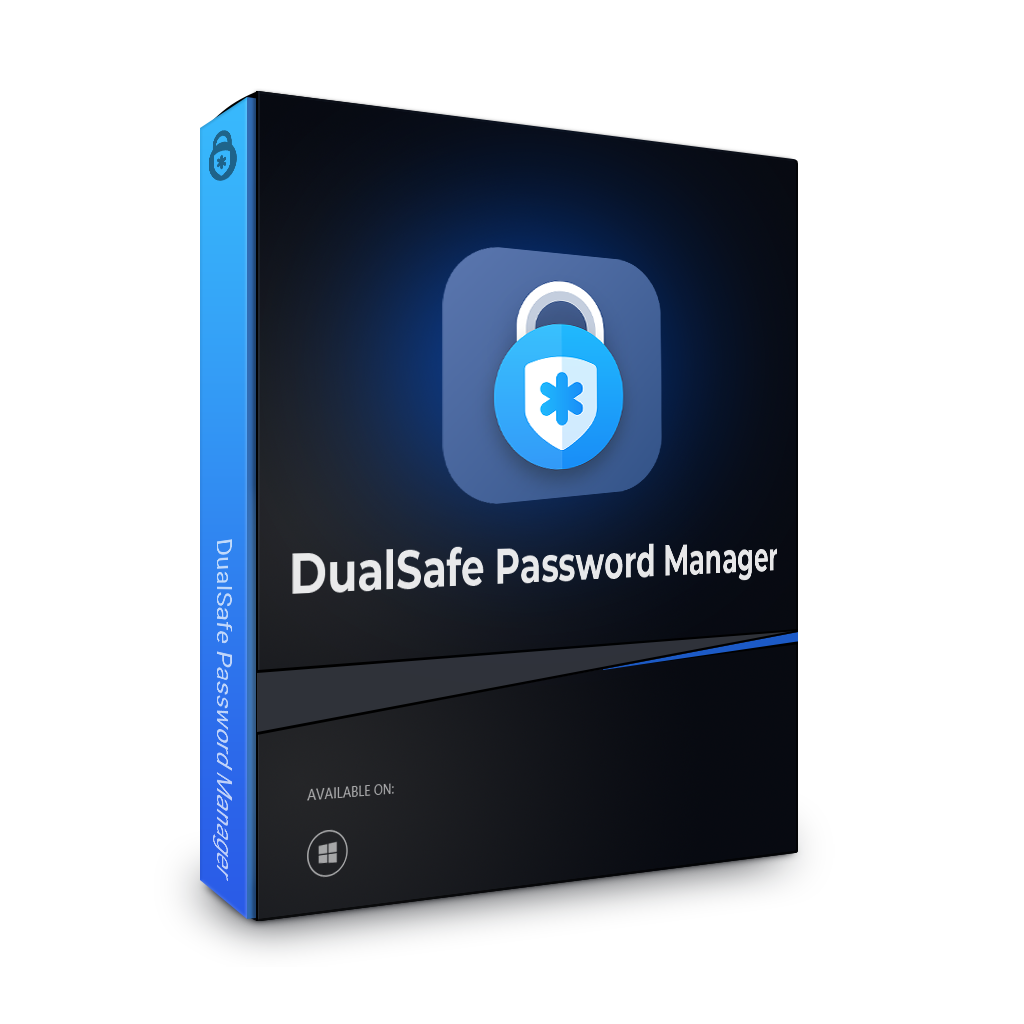In this digital age, it’s crucial to prioritize the security of our personal devices. One of the simplest yet effective ways to protect your iPhone or iPad is by setting up a passcode. While Apple now defaults to a six-digit passcode for added security, you still have the option to switch to a four-digit passcode if you prefer. In this article, we’ll walk you through the steps to set up a four-digit passcode on your iOS device.
Why Choose a Four-Digit Passcode?
Before we dive into the process, it’s essential to understand the implications of selecting a four-digit passcode. While it may be more convenient to type, it’s worth noting that a four-digit passcode is less secure than a longer one. With only 10,000 possible combinations, a four-digit passcode is easier to guess or crack via brute force compared to a six-digit or alphanumeric passcode.
However, there are situations where opting for a four-digit passcode might be suitable. If you find it challenging to remember a longer passcode, need a simpler passcode for a kid’s device, or simply prefer the convenience of a shorter passcode, switching to a four-digit option can be an appropriate choice. Just remember to weigh the relative security and privacy risks before making your decision.
Setting Up a Four-Digit Passcode on Your iPhone & iPad
Using a four-digit passcode on your iOS or iPadOS device is a straightforward process. To get started, follow these steps:
- Access the Settings: From the home screen of your iPhone or iPad, locate and tap on the “Settings” app.
- Navigate to Passcode Settings: Scroll down the settings menu and find the “Face ID & Passcode” or “Touch ID & Passcode” option, depending on the device you’re using. Tap on it to proceed. Note that you’ll need to enter your current passcode to access this menu.
- Change Your Passcode: Within the passcode settings menu, locate and tap on the “Change Passcode” option.
- Enter Your Current Passcode: You’ll be prompted to enter your current passcode to verify your identity.
- Select a New Passcode: Now, instead of entering a new six-digit passcode, tap on “Passcode Options” to explore other alternatives.
- Choose a Four-Digit Numeric Code: In the passcode options, select “4-digit Numeric Code” to switch to a four-digit passcode.
- Set Your New Passcode: Finally, enter a new four-digit passcode of your choice.
Congratulations! You’ve successfully switched to a four-digit passcode on your iPhone or iPad. It’s important to remember that this passcode will now be required to unlock your device, so choose a combination that is memorable to you but not easily guessable by others.
Enhancing the Security of Your iPhone & iPad
While a four-digit passcode is a valid option, it’s vital to consider additional security measures to safeguard your iPhone or iPad. Apple provides various authentication methods to enhance the security of your device. Here are a few options you may want to explore:
Biometric Authentication: Touch ID & Face ID
One of the most convenient and secure ways to unlock your device is through biometric authentication. Apple offers two forms of biometric authentication: Touch ID and Face ID.
Touch ID: This feature allows you to unlock your device using your fingerprint. If your device supports Touch ID, you can set it up within the “Face ID & Passcode” or “Touch ID & Passcode” settings menu. Follow the on-screen instructions to add your fingerprint and enable Touch ID for device unlocking.
Face ID: If your device supports Face ID, you can unlock it by simply looking at the screen. Face ID utilizes facial recognition technology to ensure secure access to your device. To set up Face ID, go to the “Face ID & Passcode” settings menu and follow the instructions to enroll your face.
These biometric authentication methods provide an additional layer of security and convenience, reducing the reliance on passcodes while maintaining the integrity of your device.
Alphanumeric Passcodes
For those seeking even stronger security, Apple offers the option to set up an alphanumeric passcode. Unlike numeric passcodes, alphanumeric passcodes incorporate a combination of letters, numbers, and symbols, making them significantly more challenging to guess or crack.
To set up an alphanumeric passcode, follow similar steps to those outlined above for a four-digit passcode. When prompted to choose a new passcode, select “Custom Alphanumeric Code” instead of “4-digit Numeric Code.” Enter a passcode that combines uppercase and lowercase letters, numbers, and symbols to create a robust and unique security measure.
Apple Watch Passcodes
If you use an Apple Watch in conjunction with your iPhone, you may have noticed that Apple defaults to a four-digit passcode for the watch. However, you can opt for a more complex passcode if desired. Simply navigate to the Apple Watch settings on your iPhone and select “Passcode” to choose a new passcode option. This allows for added security and consistency across your Apple devices.
Conclusion
Protecting your personal data is of utmost importance in today’s digital landscape. By setting up a passcode on your iPhone or iPad, you can safeguard your device from unauthorized access. While Apple now defaults to a six-digit passcode for improved security, you have the flexibility to switch to a four-digit passcode if it better suits your needs.
Remember to consider the trade-off between convenience and security when selecting a passcode. A four-digit passcode is easier to type but less secure than longer or alphanumeric options. If you decide to opt for a four-digit passcode, follow the simple steps outlined in this article to make the switch.
Additionally, explore other security features available on your iOS device, such as biometric authentication with Touch ID or Face ID, and consider using alphanumeric passcodes for further protection. By employing these measures, you can ensure the privacy and security of your iPhone or iPad.
Take control of your device’s security today by setting up a four-digit passcode and exploring the range of security options offered by Apple. Safeguard your personal information and enjoy peace of mind knowing that your iOS device is protected.
Experiencing difficulties with your Device, check out our “How To” page on how to resolve some of these issues.







